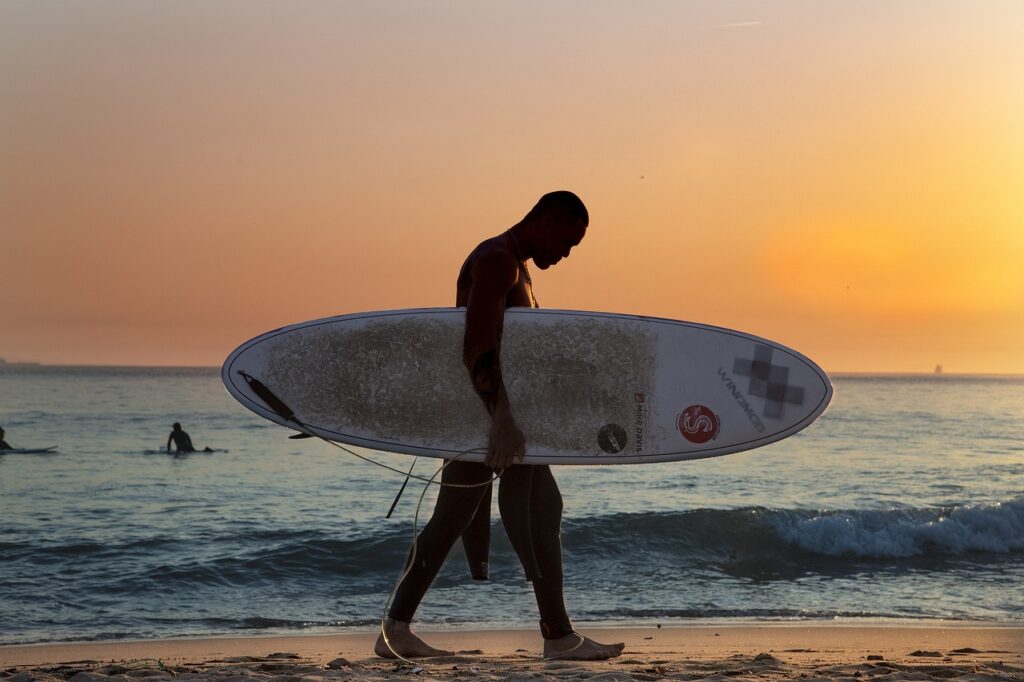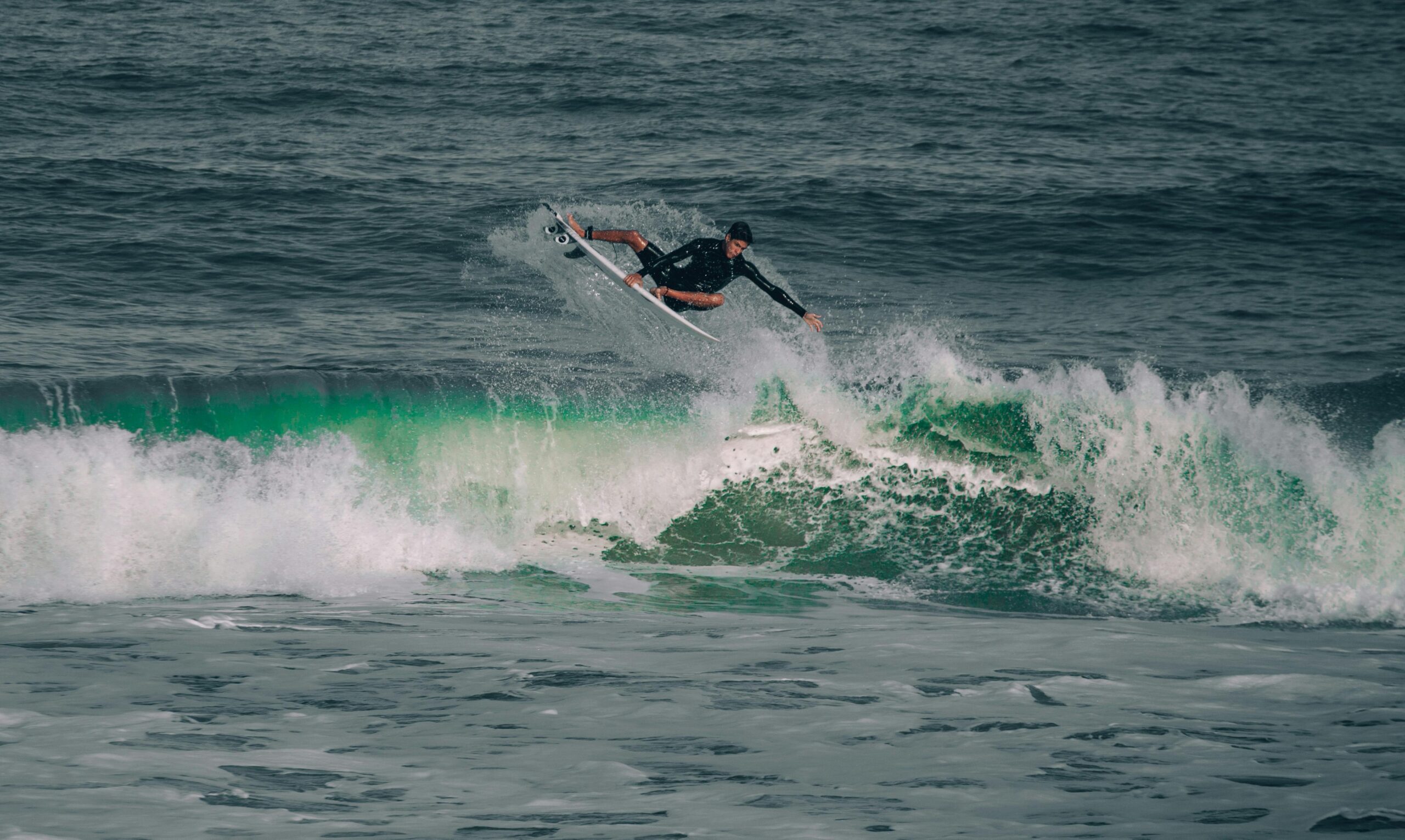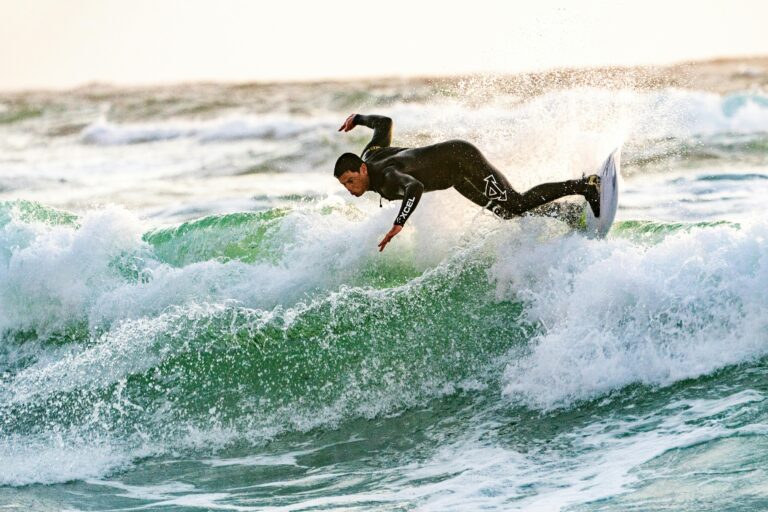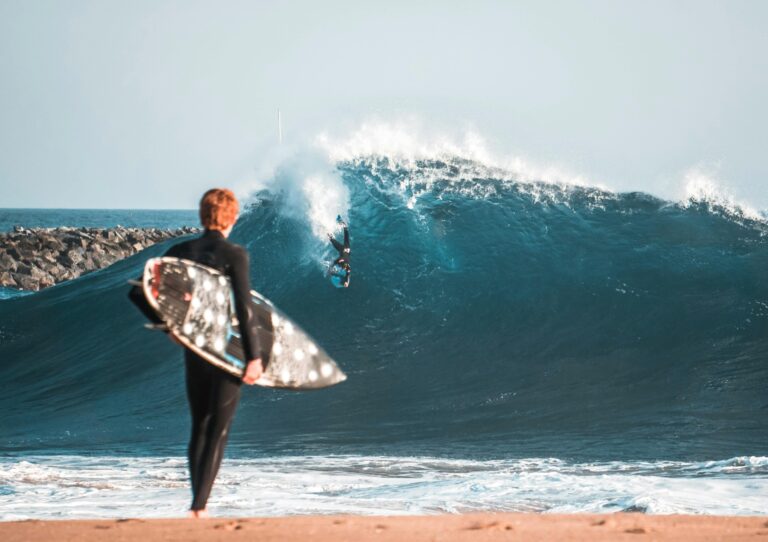5 Common Mistakes Every Beginner Surfer Makes
Starting your surf journey is one of the most exciting things you can do. The ocean, the board, the thrill of catching your first wave, it’s all part of the ride. But like anything new, surfing comes with a learning curve. Most beginners make a few common mistakes early on, and that’s totally normal. The good news? A little awareness goes a long way.
Here are five beginner mistakes to watch out for, and how to avoid them so you can spend more time riding waves and less time wiping out.
1. Choosing the Wrong Surfboard
One of the biggest beginner mistakes is picking a board that’s too small or too advanced. Shortboards might look cool, but they’re not designed for learning. A longer, wider foam board will give you better stability and make catching waves way easier.
Avoid it: Start with a soft-top board around 8 to 9 feet. Trust the process and upgrade later.
2. Skipping Surf Etiquette
Not knowing the basic rules of the lineup can lead to tension or even accidents. Dropping in on someone else’s wave, paddling in the wrong spot, or snaking can get you into trouble.
Avoid it: Learn the basics of surf etiquette. Respect the locals, wait your turn, and always look both ways before taking off.
Go for size and stability over style at first. Bigger boards are way more forgiving and make it easier to stand up. A soft-top board around 8 or 9 feet is perfect for most beginners. It floats better, paddles smoother, and gives you more room to balance. Leave the flashy shortboards for later.

3. Poor Paddling and Positioning
Your paddling technique affects how many waves you catch. If you are too far forward, your board will nosedive. If you are too far back, it will drag and slow you down. Keep your body centered with your chest lifted and your strokes steady. With the right body position and strong paddling, you will find it easier to catch waves and stay in control.
4. Popping Up at the Wrong Time
Standing up too early or too late can make you miss the wave or wipe out. Some beginners freeze and hesitate, while others rush the motion. The key is to stay calm and pop up in one smooth move as the wave lifts you. Practicing your pop-up on land will help you feel more confident in the water. Timing improves with every session.
5. Giving Up Too Soon
Learning to surf can feel slow and frustrating at first. Many new surfers expect fast results, but progress takes time. Every fall, paddle, and small ride is part of the learning process. The more time you spend in the water, the more comfortable you become. Stay consistent, stay positive, and enjoy the small wins along the way.
Don’t be afraid to ask for help when choosing. Surf shop staff and instructors are usually happy to guide you. They’ll help you find a board that matches your size and your local waves. Conditions vary a lot depending on where you surf, so local advice really helps. It’s way better than guessing on your own.
And remember, your first surfboard doesn’t need to be perfect. It just needs to get you stoked to paddle out and have fun. As you get better, you’ll naturally move on to different boards. For now, focus on enjoying the ride and learning the basics. The best board is the one that keeps you smiling in the water.

Every experienced surfer was once a beginner. Making mistakes is part of learning, but knowing what to avoid can make your journey smoother. Be patient with yourself, stay respectful in the lineup, and keep showing up. With practice and the right mindset, your surfing will keep improving. Most of all, have fun out there and enjoy the ride.


